Every time I mention to locals that Russia settled in California in the 1800s, they are shocked. People don’t seem to know about this part of California’s history… everyone knows the Spanish and American stories: of Junípero Serra, the Missions, El Camino Real, the Presidio, the Mexican-American War, the raising of the Bear Flag in Sonoma, and subsequent bringing of California into the United States. But nothing about the Russian-American Company, Alexander Baranov, Ivan Kuskov, and Bodega Bay.
Fort Ross is evidence that there was a Russian settlement in California (1812-1842). Russians came to the New World through the Bering Strait. They followed animals targeted for the fur trade after they over hunted and drove many species to near extinction in Siberia. The most desired animal in the fur trade was the sea otter because it was easy to hunt and their fur is the densest and warmest of all animals. Eventually, the Russian-American Company followed the sea otters through Alaska and then south to California.
As mentioned in a previous post, the establishment of the Spanish Mission chain was in response to Russia’s arrival in Alaska and was meant to secure the upper Las Californias Province and prevent the spread of Russian Orthodox missionaries. As Russian settlers moved South to California, the Spanish moved North and founded the Mission in Sonoma as a buffer against a Russian invasion and as the last Spanish Mission in the chain. This was not before Ivan Kuskov, an emissary of the Russian-American Company laid claim to the north shore of San Francisco and Bodega Bay.
The first attempts to settle Bodega Bay were unsuccessful. During the first year, Ivan Kuskov’s success at hunting beaver skins and otter pelts resulted in the demand for an agricultural settlement to feed fur traders in both California and Alaska. Initially, this was to be at Bodega Bay and during their first excursions in the area, the traders built temporary housing and returned to Alaska with their pelts. Once in Alaska, they were given instructions to go back to Bodega Bay and establish a permanent settlement. But upon returning, Kuskov discovered American ships in the bay and a depleted otter population. This prompted him to move North and settle Fort Ross (1812).
The first settlers at Fort Ross were of mixed heritage: Russian families and Aleut hunters. Like planned, it was not only a fur trading post but also an agricultural settlement that fed traders in both Alaska and California. To process the grains grown, they built the first windmills in California and used them to grind wheat, barley, and corn. It’s thought that at one point there were at least three windmills on site and perhaps another water wheel. Fort Ross was far from being a primitive colonial fort with the basic necessities of life. It was a location of industry and here Russians also built ships in California’s first shipyard. Archaeologists are still studying this aspect of Fort Ross’s history.
As Fort Ross grew and evolved, profits the fur trade industry declined. Like in Siberia, the area became over hunted and depleted of animals. There was intense competition from other nations who had colonized the Americas and who had done so more thoroughly; by the 1840s, Russian barely had a footprint in the New World. In 1842, the Russians decided to leave and sold Fort Ross to the United States. In 1867, the U.S. bought Alaska from Emperor Alexander II for a significant sum of $7.2 million and ended Imperial Russia’s colonial presence in the Americas and began the Alaska boundary dispute between America and Canada (that still causes relational problems between the two countries today).
The only original surviving structure at the fort is the Rotchev House (1836) (#5). The others were either damaged severely in the 1906 Earthquake or during a fire in 1970.

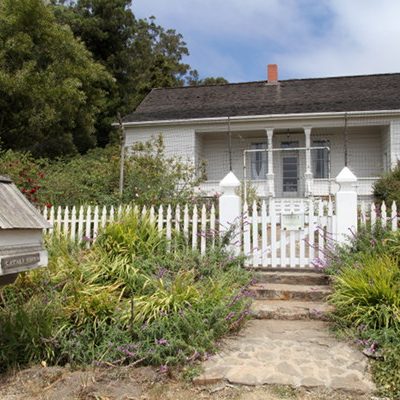
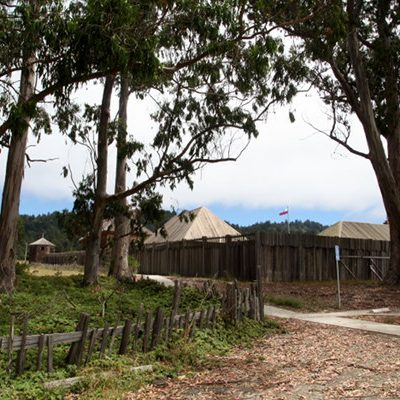
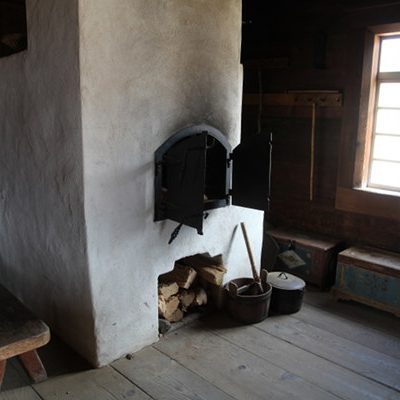
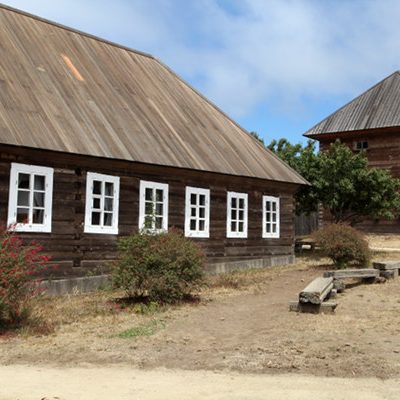
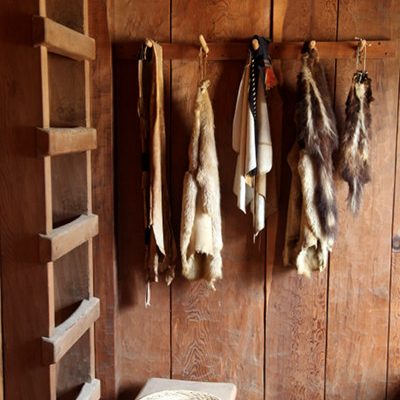
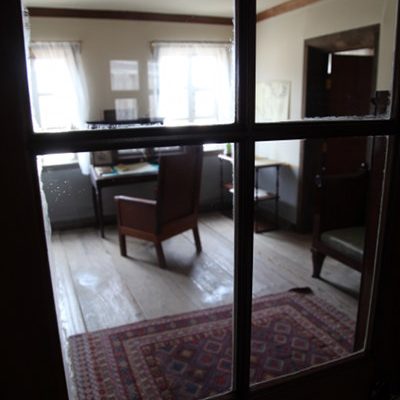
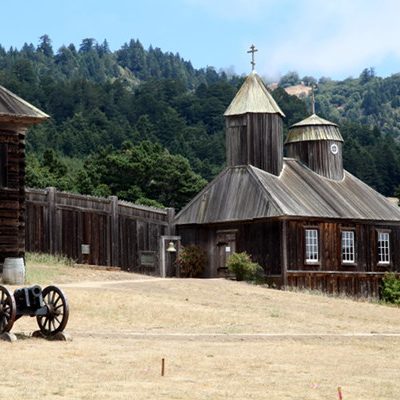
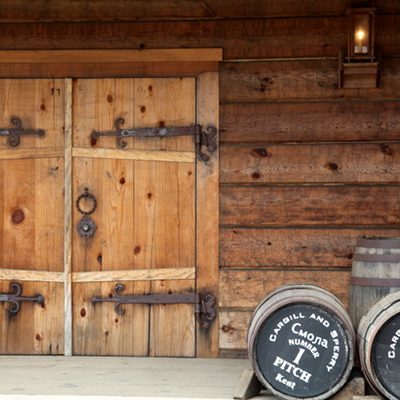
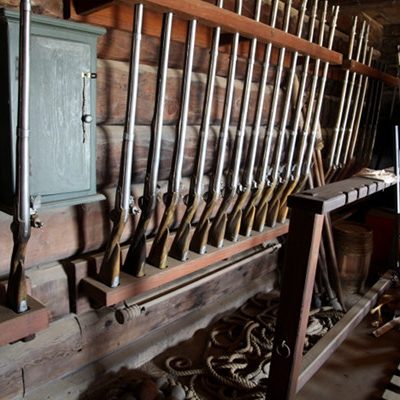
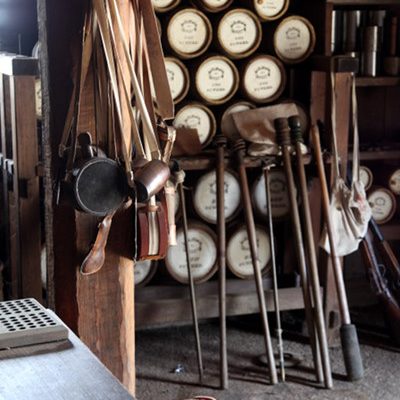
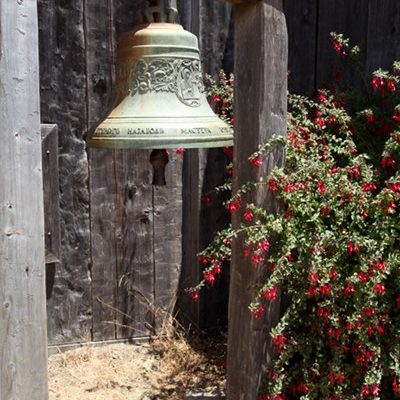
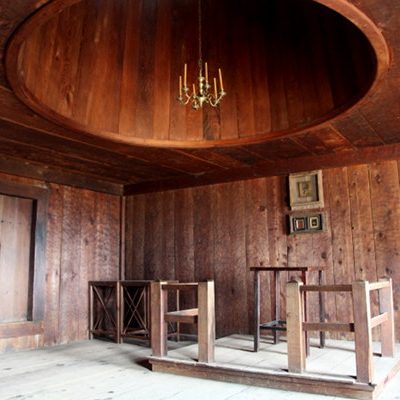
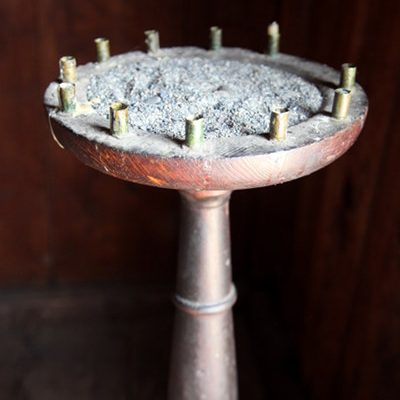
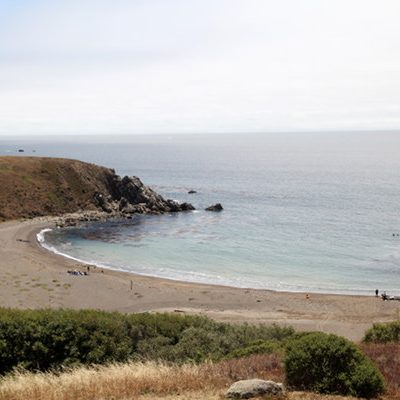
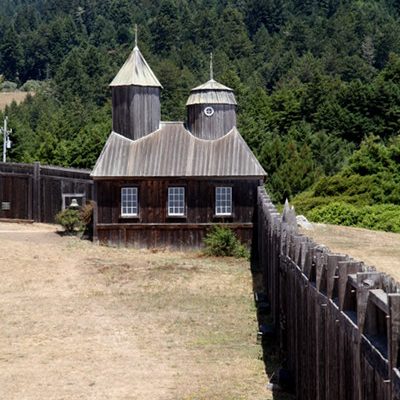
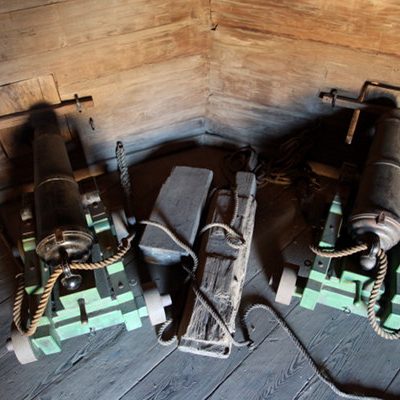
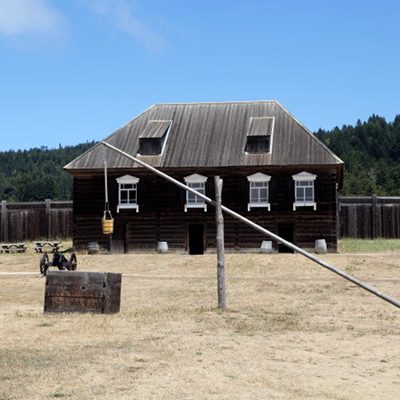
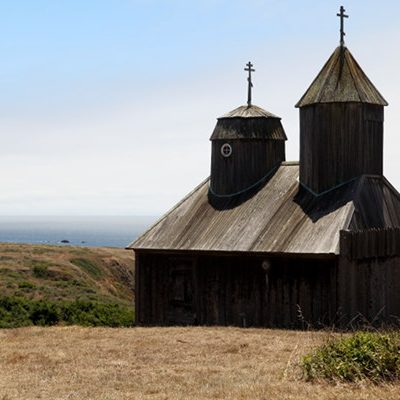
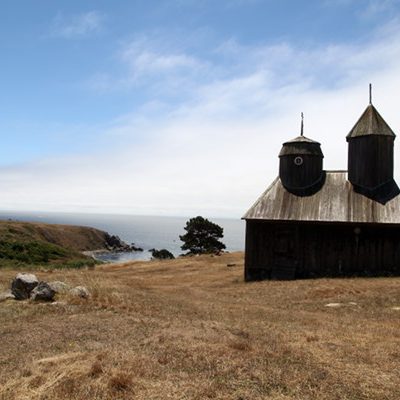
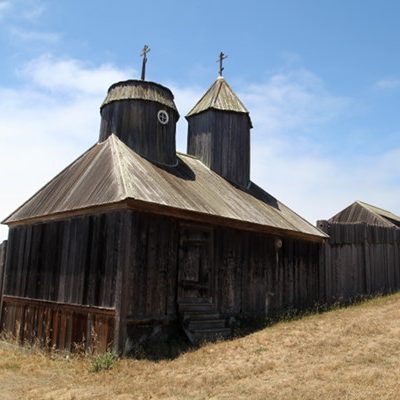
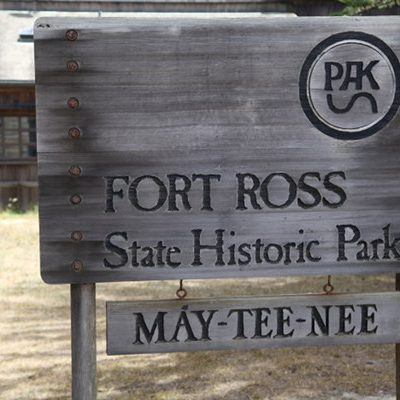
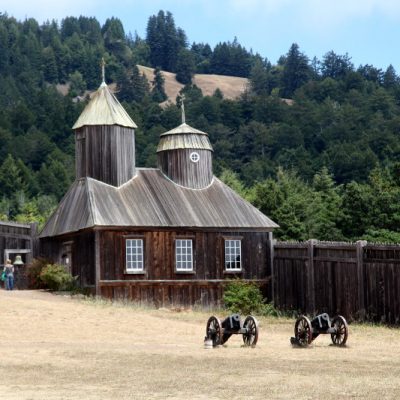
0 comments on “Fort Ross, California”Add yours →